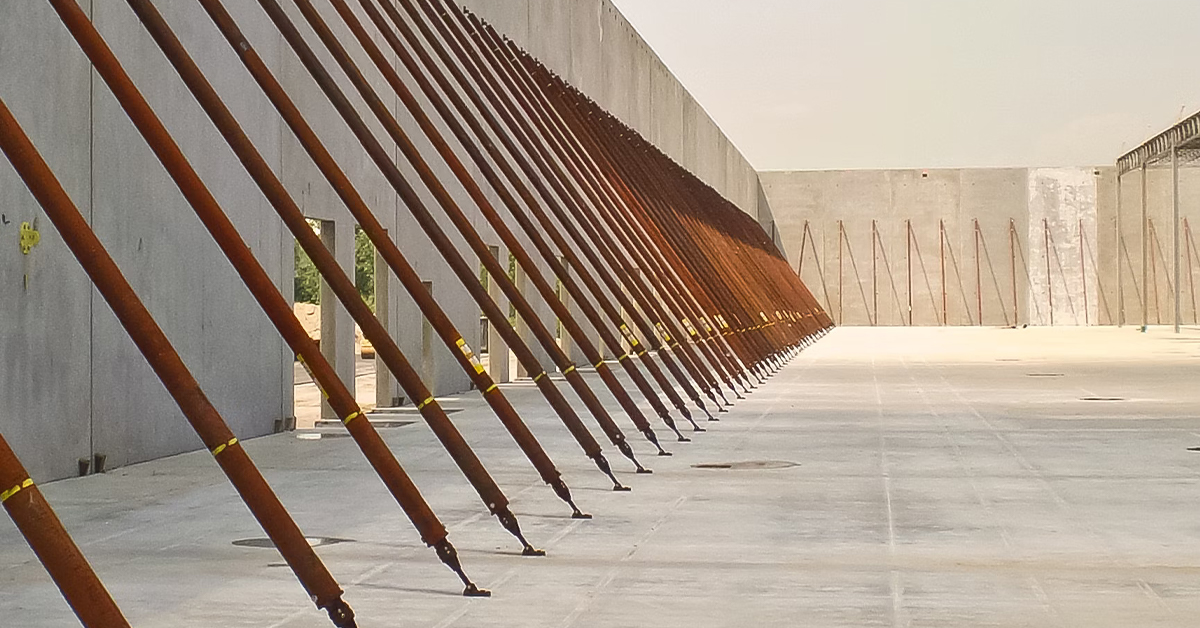
Retaining walls are essential features in landscaping and construction projects. They provide structural support, prevent erosion, and enhance the overall aesthetics of a property. Whether you are a homeowner looking to add a retaining wall to your garden or a contractor working on a commercial project, it is crucial to understand the fundamentals of retaining wall construction to ensure a sturdy and durable structure.
1. Planning and Preparation
Before you start building a retaining wall, proper planning and preparation are essential to the success of your project. Here are some key tips to consider:
Site Evaluation
- Assess the site for any potential drainage issues, utilities, and existing structures that may impact the construction of the retaining wall.
- Determine the height, length, and location of the retaining wall to meet the structural requirements and aesthetic goals of the project.
Permits and Regulations
- Check with local authorities to obtain the necessary permits and ensure compliance with building codes and regulations for retaining wall construction.
- Understand any restrictions on the height, materials, and design of the retaining wall in your area.
2. Choosing the Right Materials
Selecting the appropriate materials for your retaining wall is crucial for its durability and longevity. Here are some common materials used in retaining wall construction:
Concrete Blocks
- Durable and versatile option for retaining walls
- Available in various sizes, shapes, and colors
- Easy to install and cost-effective
Natural Stone
- Offers a timeless and natural look
- Durable and weather-resistant
- Requires skilled labor for installation
3. Construction Techniques
Effective construction techniques are essential for building a sturdy retaining wall. Here are some tips and tricks to follow during the construction process:
Proper Foundation
- Ensure a solid and level base for the retaining wall to prevent shifting and settling over time
- Compact the soil and add a layer of gravel for drainage
Backfilling and Compaction
- Use quality backfill materials such as gravel or crushed stone to provide proper drainage behind the wall
- Compact the backfill in layers to eliminate air gaps and prevent settlement
4. Drainage Considerations
Proper drainage is essential for the longevity of a retaining wall. Here are some key considerations for ensuring adequate drainage:
Weep Holes
- Install weep holes in the retaining wall to allow water to drain out and relieve hydrostatic pressure
- Place drainage pipes behind the wall to direct water away from the structure
French Drains
- Consider installing French drains at the base of the retaining wall to collect and redirect water underground
- Ensure proper slope and outlet for the French drain to prevent water buildup
5. Maintenance and Care
Regular maintenance is crucial for preserving the integrity of a retaining wall. Here are some maintenance tips to keep your retaining wall in top condition:
Inspect for Damage
- Periodically inspect the retaining wall for any signs of damage, such as cracks, bulging, or leaning
- Address any issues promptly to prevent further damage and structural failure
Vegetation Control
- Monitor and control vegetation growth near the retaining wall to prevent root damage and erosion
- Trim overhanging branches and remove weeds regularly
